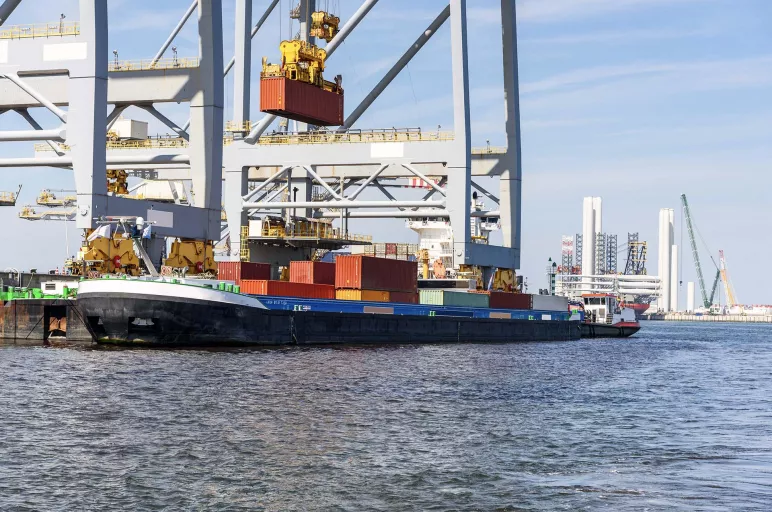How to Build a Zero-Distance Supply Chain
Building a zero-distance supply chain requires a holistic approach that encompasses technology, data, organizational culture, and processes.
Share this Post to earn Money ( Upto ₹100 per 1000 Views )

In the age of globalization, supply chains have become sprawling networks of complexity, encompassing numerous stakeholders and operations that span continents. The concept of a "zero-distance" supply chain, one where companies achieve near-instantaneous communication and visibility across their entire network, is becoming increasingly paramount for businesses aiming to stay ahead. This model not only advocates for seamless integration among different components of the supply chain but also emphasizes the need for agility, efficiency, and customer-centricity. In the context of Supply Chain Management in India, a market characterized by its vast geography and diverse consumer base, adopting a zero-distance approach could be the linchpin for businesses aiming to thrive in an ever-competitive landscape.
The journey toward a zero-distance supply chain is transformative, requiring a paradigm shift in how businesses perceive and manage their supply chains. It involves leveraging technology, data analytics, and organizational change to create a supply chain that is as responsive as if all stakeholders—suppliers, manufacturers, distributors, and customers—were in the same room, hence the term "zero-distance."
Closing the Supply Chain Visibility Gap
Visibility is the cornerstone of the zero-distance supply chain. It's about having real-time insights into every facet of the supply chain, from the status of raw materials to the delivery of final products. In India, where supply chain operations often grapple with infrastructural challenges and regulatory complexities, enhancing visibility can significantly mitigate risks and improve operational efficiency. Technologies such as IoT (Internet of Things), AI (Artificial Intelligence), and blockchain can play a pivotal role in achieving granular visibility, enabling businesses to monitor and manage their supply chains with unprecedented precision.
Making Data-Driven Decisions
Data is the lifeblood of the zero-distance supply chain. The ability to collect, analyze, and act on data in real-time allows businesses to make informed decisions swiftly, anticipate market changes, and respond to customer demands with agility. In the context of Supply Chain Management in India, leveraging advanced analytics and machine learning can help companies predict disruptions, optimize routes, manage inventory more effectively, and ultimately, ensure customer satisfaction. Embracing a data-driven culture requires not just technological investment but also a shift towards more analytical, forward-thinking decision-making processes.
Breaking Down Functional Silos
Traditional supply chains often suffer from siloed operations, where each function operates independently, leading to inefficiencies and a lack of cohesion. The zero-distance supply chain model advocates for breaking down these silos to foster a more collaborative and integrated approach. This means encouraging cross-functional teams, sharing information freely across departments, and aligning goals and strategies. For businesses in India, this could mean reevaluating organizational structures and workflows to encourage more interdisciplinary collaboration and leveraging technology to facilitate communication and cooperation across different parts of the supply chain.
Gaining Competitive Advantage
Ultimately, the journey towards a zero-distance supply chain is about gaining a competitive edge. In a market as dynamic and competitive as India's, being able to respond rapidly to market changes, efficiently manage resources, and deliver exceptional customer service can make all the difference. Companies that succeed in implementing a zero-distance supply chain can expect to see significant benefits, including reduced costs, improved customer satisfaction, and increased resilience to disruptions.
In Conclusion
Building a zero-distance supply chain requires a holistic approach that encompasses technology, data, organizational culture, and processes. For Supply Chain Management in India, embracing this model offers a pathway to not just survive but thrive in the modern business landscape. As companies look to the future, the zero-distance supply chain represents not just an aspiration but a necessity, a strategic imperative that will define the winners and losers in the next era of global commerce.






